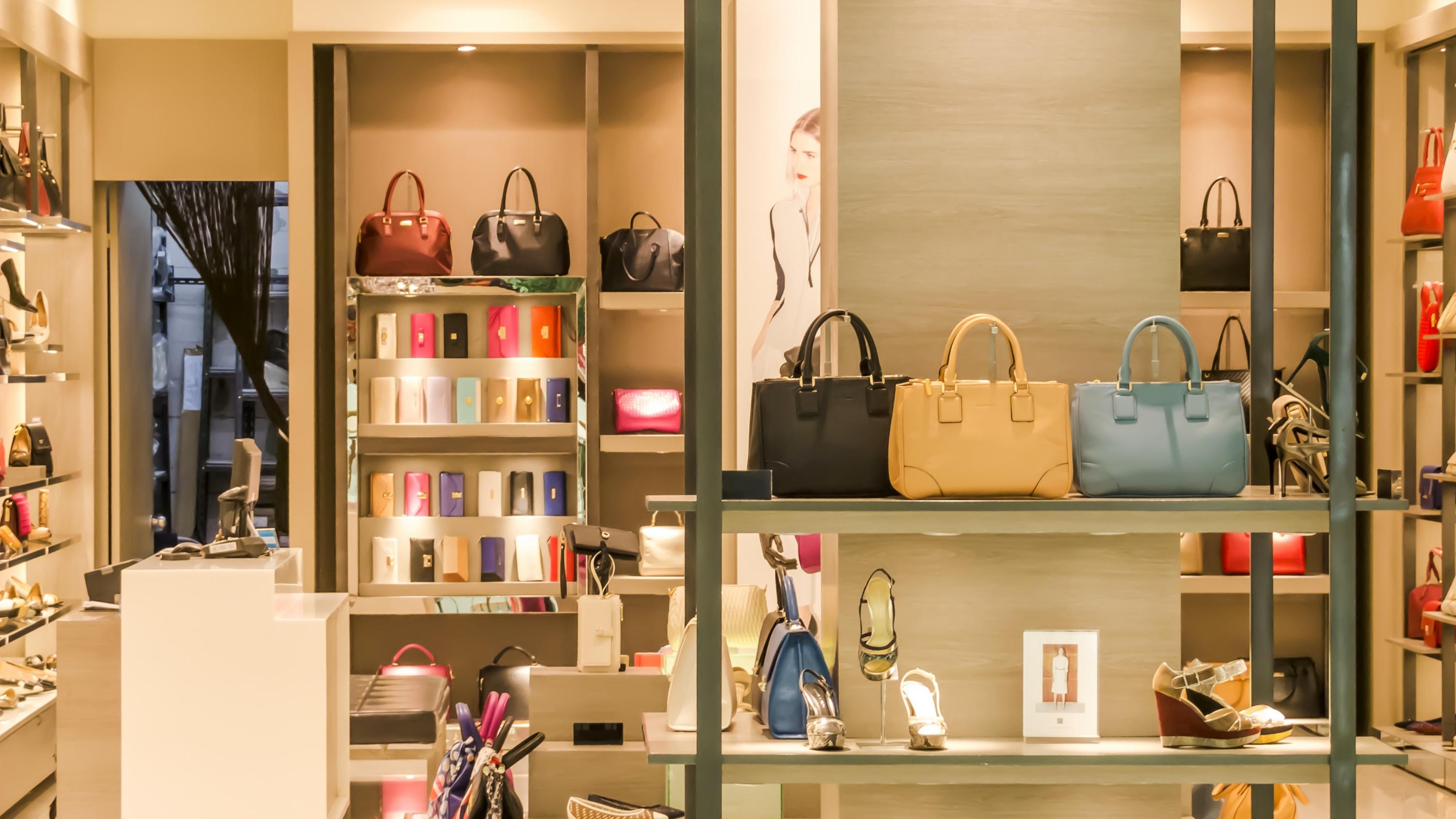
The Essential Role of a Content Supply Chain for CPG & Retail Brands


From website copy and product descriptions to ad campaigns and social media, the consumer-packaged goods and retail space (CPGR) runs on content.
In the fast-paced world of CPG & Retail, a content supply chain increases efficiency, helps brands connect with customers, and improves the customer and employee experience. A content supply chain isn't just nice to have — it’s a must-have to compete in the ever-changing retail landscape.
Unique Content Needs and Challenges for CPG & Retail
In its most basic form, a content supply chain creates a systemized, efficient process for creating and disseminating high-quality content. Just like traditional supply chains for manufacturing or logistics allow companies to use their resources strategically and produce a steady stream of goods, a content supply chain helps brands create relevant content at scale without reinventing the wheel with each piece.
The basic content supply chain formula of people, processes, and technology can be applied to every industry. However, CPG & Retail companies face unique needs and challenges. One of the most obvious opportunities is the speed and scale of content creation. CPG & Retail is a notoriously fast-paced industry that requires brands to connect with customers via short and quippy copy instead of long-form content. Brands have to make a good impression – and fast – to build positive connections with customers.
CPGR content also requires a high level of personalization. Customers can easily see through content that appears to be mass-produced instead of directed at their specific needs. Communication happens in real-time as customers adjust their spending based on current trends and economic situations. Brands don’t have time for their message to get lost in internal silos or delivered to the wrong audience. Speed, scale, and efficiency are crucial for CPG & Retail brands — which is where a content supply chain can make a significant impact.
Implementing a CPG & Retail Content Supply Chain
A CPG & Retail content supply starts with content strategy: Who are you producing content for? Where will it live? What actions will it drive? With a solid strategic foundation, the content supply chain can stay intact.
From there, the strategy expands to people and how they use the tools. Look for gaps in the current content process that could be improved with technology, GenAI, or optimized systems. A content supply chain can’t operate in silos, so this is the time to break down internal barriers for a seamless content process.
Once those services are in place, technology comes into play for implementation. As content is produced and created, it naturally moves to numerous people (think writers, editors, publishers, etc.). Technology keeps content moving down the pipeline to relevant stakeholders.
Leveraging GenAI in a Content Supply Chain
Discussing a content supply chain without including GenAI is nearly impossible, especially in CPG & Retail. A content supply chain can transform a brand’s approach to content, but GenAI takes it to the next level.
GenAI is especially important because of the sheer volume of content required in CPG & Retail and the speed at which it must be produced and shared. GenAI can help create ad copy and headlines, generate content ideas, build compelling websites and product descriptions, and much more.
As brands face the challenge of sharing their content across numerous channels, GenAI makes it possible to tailor messages to different use cases for relevant and accurate content. Brands can feed their content needs, including the specific customer groups for each message, into an AI algorithm to produce content quicker for the appropriate audiences.
As the world of content shifts, understanding the effectiveness of content is a vital part of a content supply chain. CPG & Retail brands can’t simply release content into the universe and hope it ends up with the right people — they need a targeted, scalable approach to creating and disseminating content. But if brands don’t have people and processes aligned to do that kind of work, it is nearly impossible to make lasting changes.
Content is the epicenter of CPG & Retail brands. It connects the entire ecosystem of promotions, campaigns, platforms, and the overall brand, and communicates it to customers and employees.
With changes to customer demands and technology like GenAI, CPG & Retail brands must modernize their approach to content creation. That means leveraging an AI-powered content supply chain. Organizations must elevate content to be a strategic function, produce content with purpose, and use insights from their supply chain to gain a competitive advantage.
Today’s CPG & Retail markets can be called a content or attention economy. What matters, often more than the product itself, is getting customers’ attention through personalized, high-quality content. To lead the charge, CPG & Retail brands have to break down their silos and embrace the transformation of a content supply chain.


